|
|
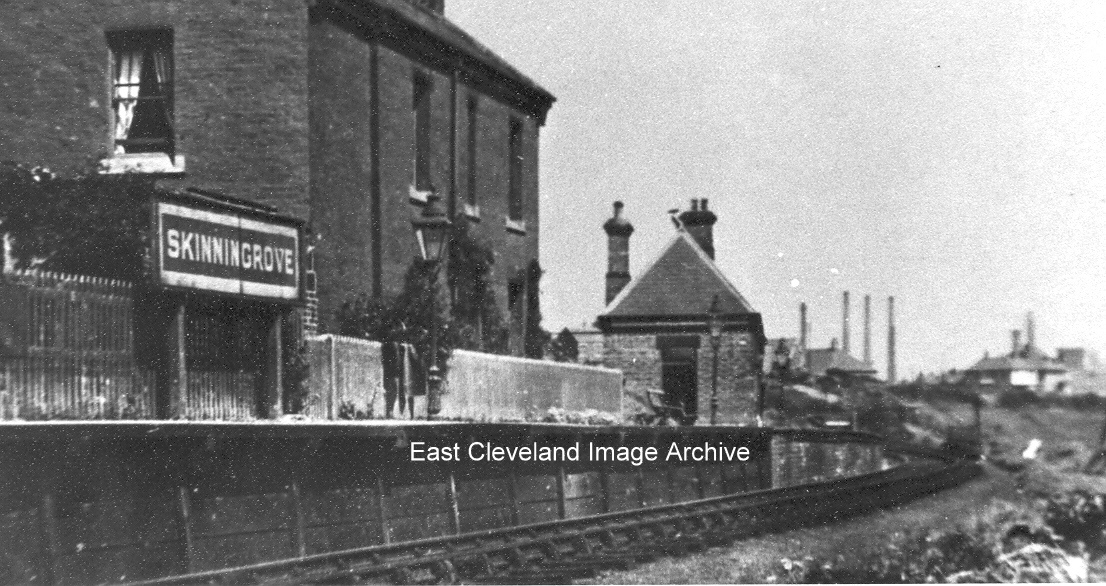
Anomalously called Skinningrove, but originally called Carlin How, nothing remains of this station now except a locked gate and some footings. The photographer is standing on the Loftus side looking towards Skinningrove Iron and Steel Works; perhaps that is the real reason for the re-naming of the station!
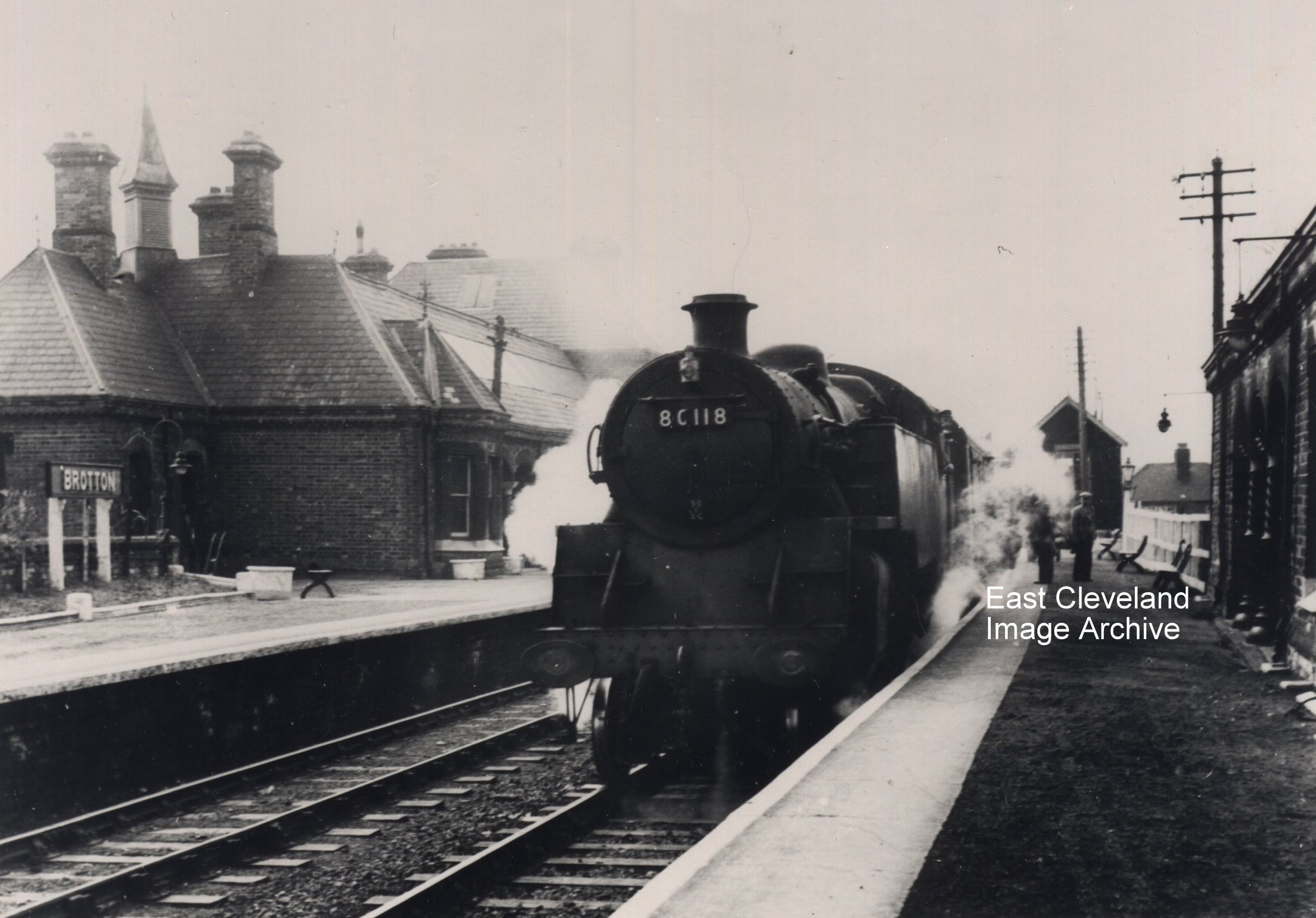
Brotton Station – old faithful 80118, a BR Standard 2-6-4T – waits with a Loftus-bound local train. Lovely atmospheric shot this one, plenty of life in it. The view is looking south so the train is heading towards Huntcliff and Loftus, not Saltburn.
Information courtesy of Simon Chapman.
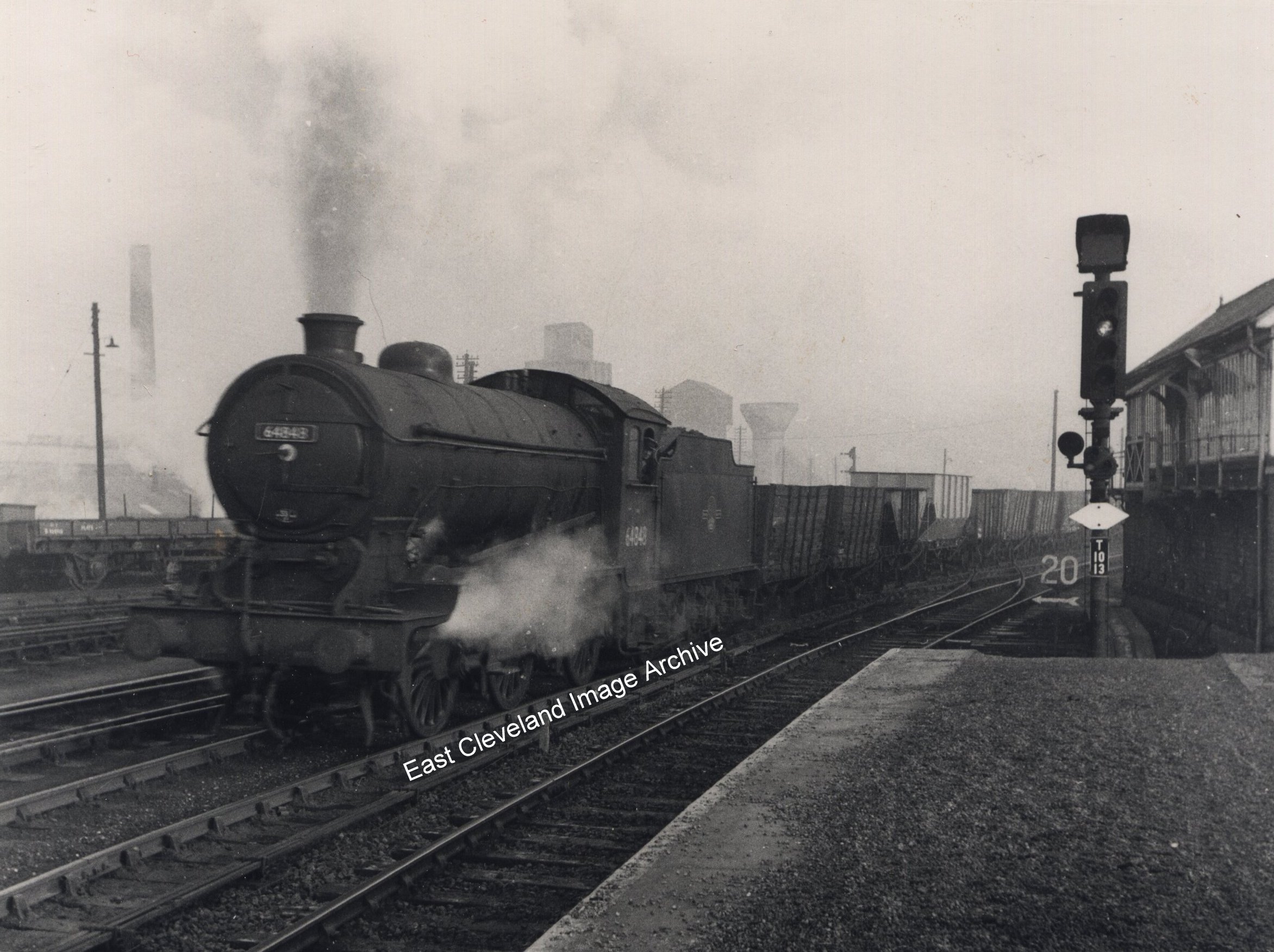
Not so old here – we’ve got colour light signals. A goods train, headed by 0-6-0 class J39 64848, chugs ponderously past; east of Thornaby Station, heading west on the goods line. We are told by Dale: ”The locomotive is J39 64848, of West Auckland (51F); it has a white smokebox door boss. This had been painted to indicate all 51F sheded locomotives by the shed boiler inspector.” We are now advised by Geoff Swales: ”The white smokebox door boss was painted by West Auckland boilersmith, (not inspector) – Gordon Reed – boilersmith from mid 1950’s until shed closure.”
Thanks Simon Chapman, Alan Woods, Dale and Geoff Swales for the updates.
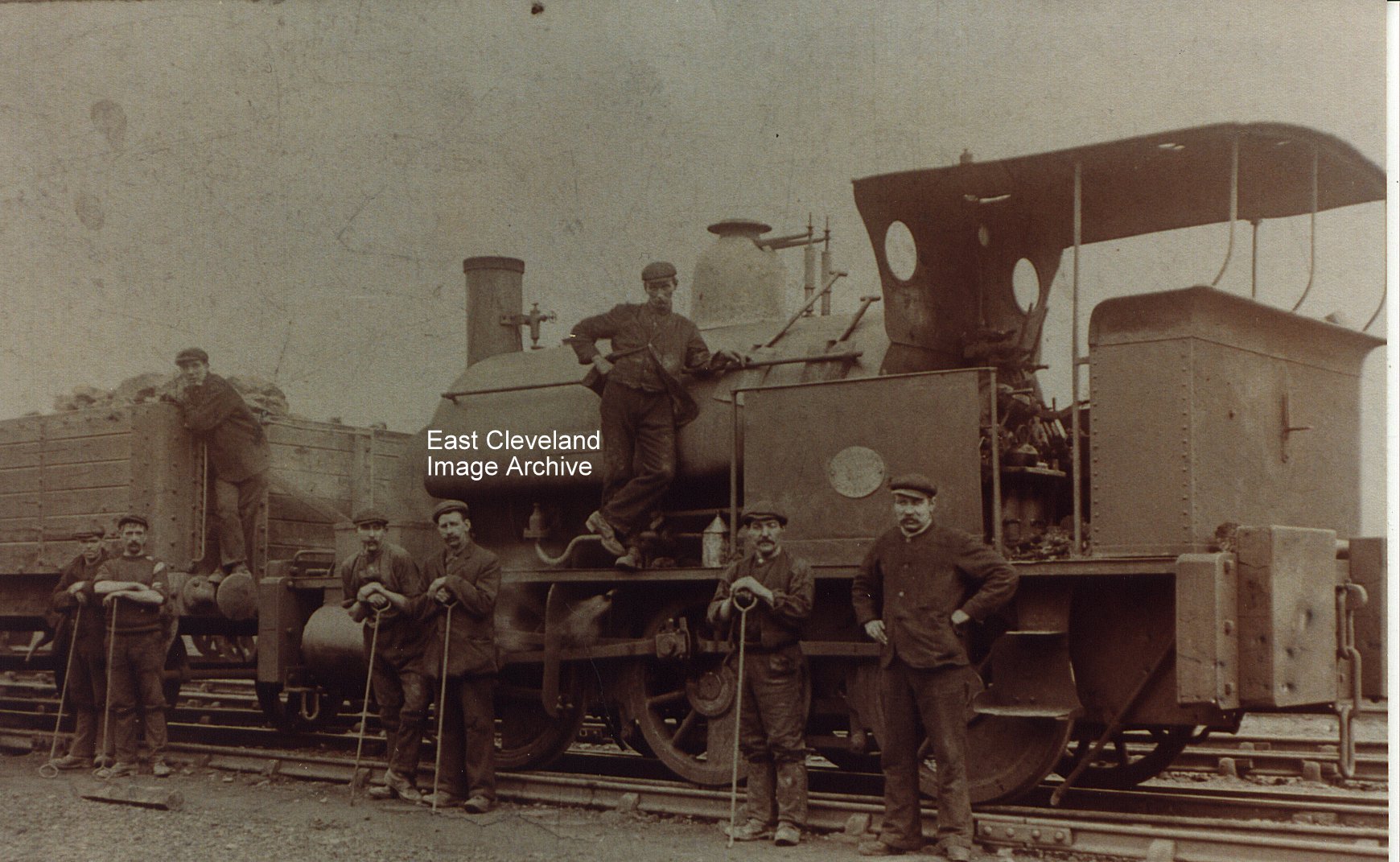
This photograph and others of the locomotive appear in the book ‘The Steam Locomotive Era of the Skinningrove Iron Company Ltd’ by David W. Husband [Published by Peter Tuffs, 2003]. The book gives the following information about the locomotive: ‘MINNIE’, built by Fox Walker of Bristol in 1878, works number 385. Entered service at Skinningrove in 1883, previously with John Waddell (of Paddy Waddell’s Railway fame!), contractor for the Loftus-Whitby railway, 1880-83. MINNIE was employed as a general use locomotive at Skinningrove and in this image is on yard and gantry duty about 1920. Over the years MINNIE was rebuilt, notably her cab and steam dome. She was the longest-serving steam locomotive at Skinningrove and probably the best-loved. In August 1965 she moved to the Kent & East Sussex Railway for preservation and was still in steam in the late 1970s. In 1980 she was presented to Dover’s Transport Museum and by 2003 was at the Mangaps Farm Railway, Essex.
Thanks to Alan Woods for the information.
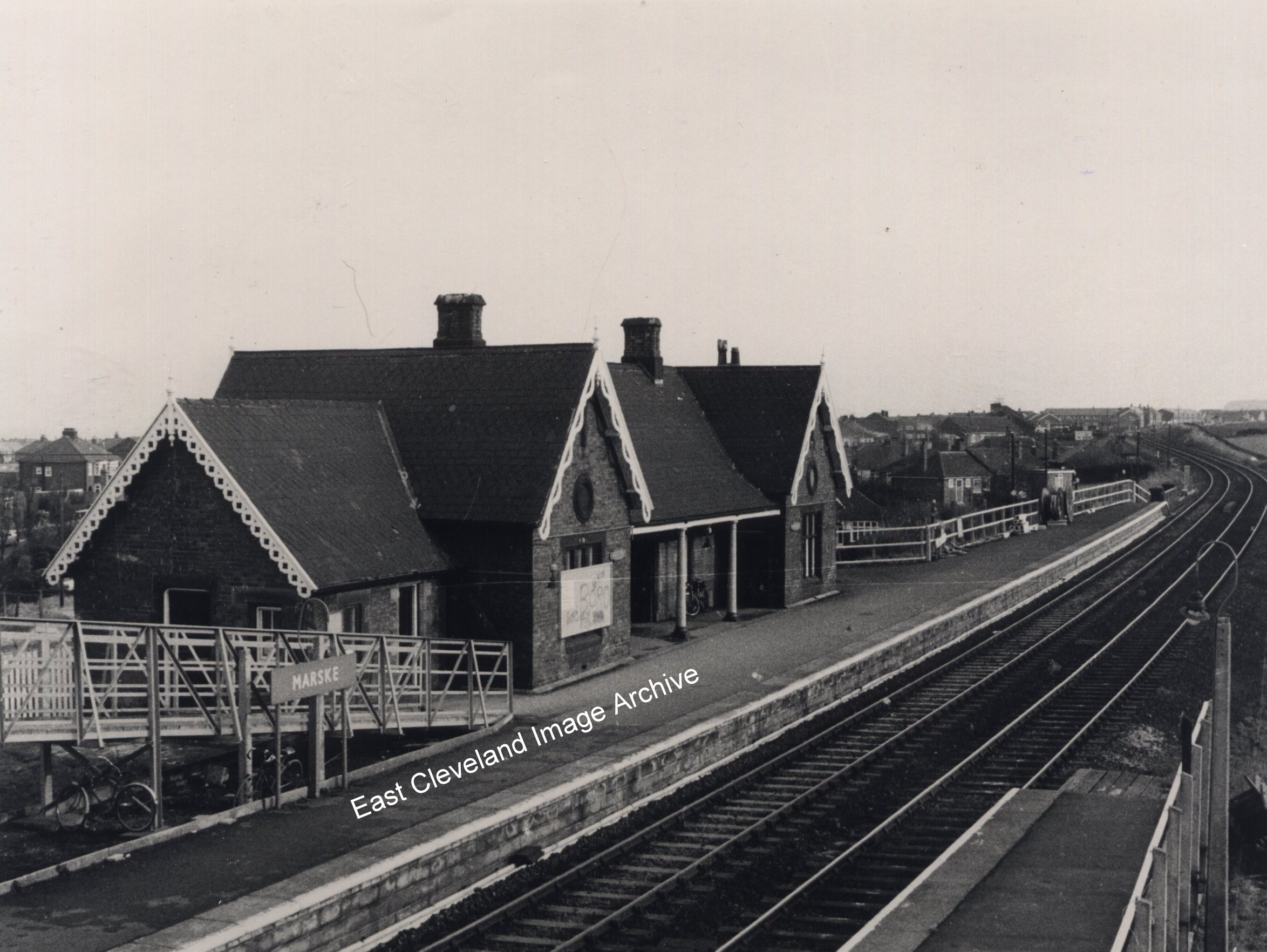
A quiet day at Marske Station. Difficult to date this image, no people and no trains; however Andy Rush believes it could be British Rail period based on the signage. Russ Pigott tells us: ”it is probably after 1970, as there are no semaphore signals visible towards Saltburn. The Longbeck signal box took over the Marske/Saltburn area with colour light signals in 1970. The gas lights also lasted into the 1970s, I clearly remember going to the station with my Grandad and them being present and working. My Grandparents moved to Marske in 1970.” Keith Atherley tells us: ”Must have been 1972 – the year of my ‘O’ Levels – and the year when I was given my first SLR for Christmas. I developed and printed the photographs in the darkroom at school.”
Image courtesy of Keith Atherley, also thanks to Andy Rush, Russ Pigott and Keith Atherley for the updated information.
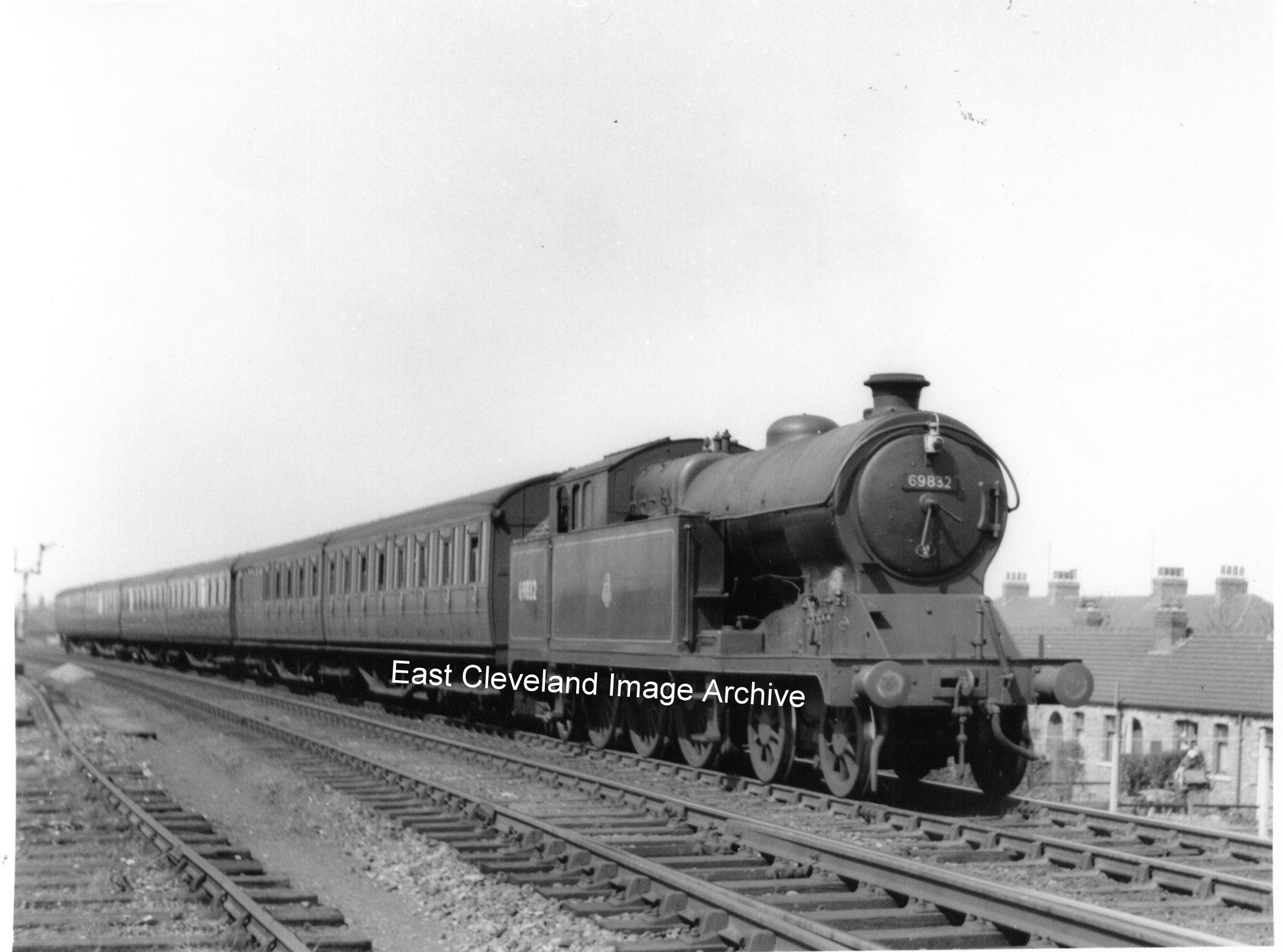
This is another ex-Great Central Railway Robinson A5 number 69832 with a Darlington – Saltburn train between Redcar East and Marske.
Chris Davies advised: ”Locomotive is of G. C. R. Robinson design; but this version was in modified form to work in the north east and built by Hawthorn Leslie in October 1925 and withdrawn in November 1958.”
Thanks to Chris Davies for that update.
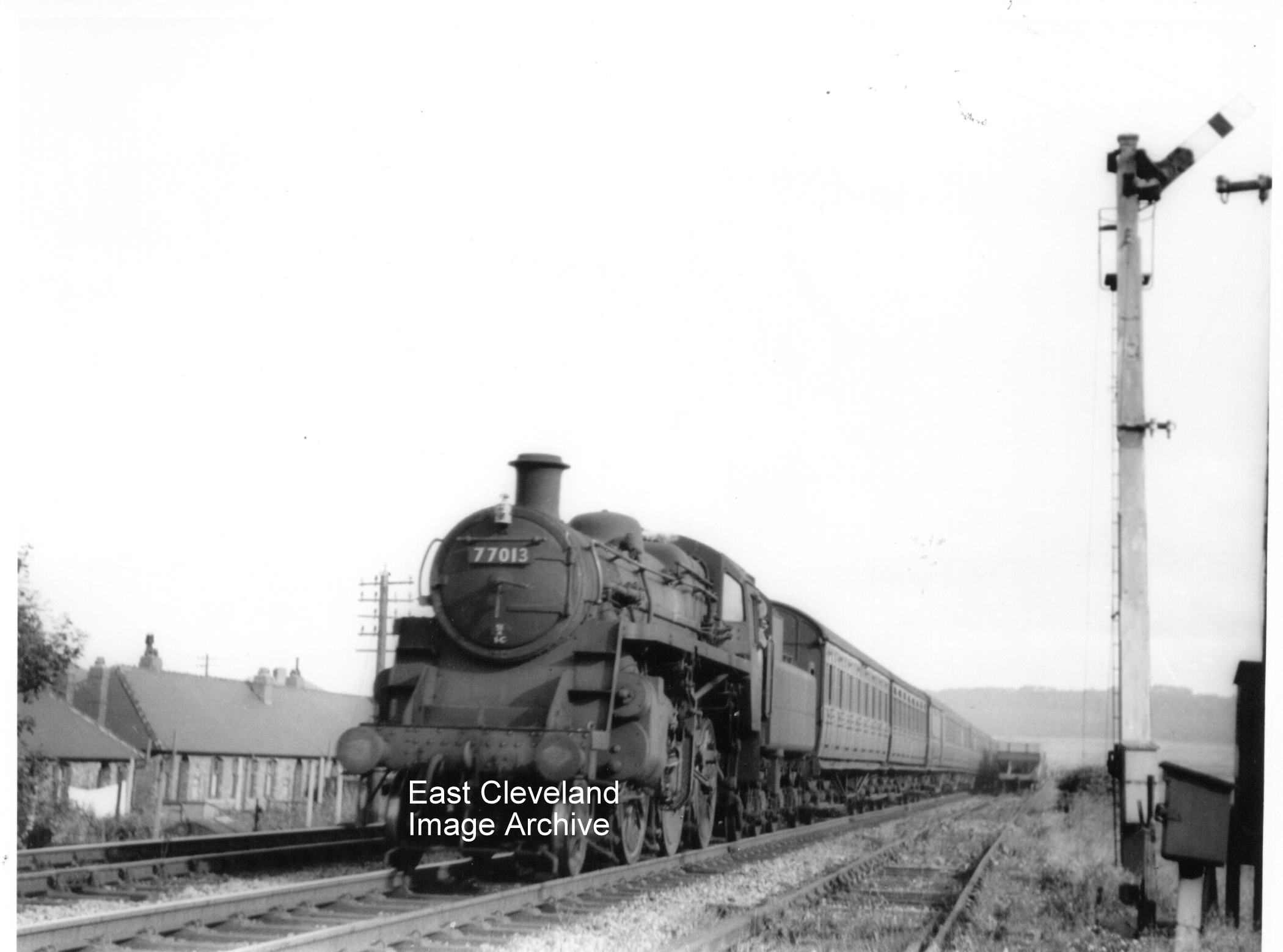
A classic image of a Saltburn to Darlington train headed by a BR Standard Class 3 2-6-0 locomotive number 77013; passing the home signal approaching Redcar East Halt.
Information courtesy of ”Bald Eagle” who advised us that this is a Class 3 locomotive.
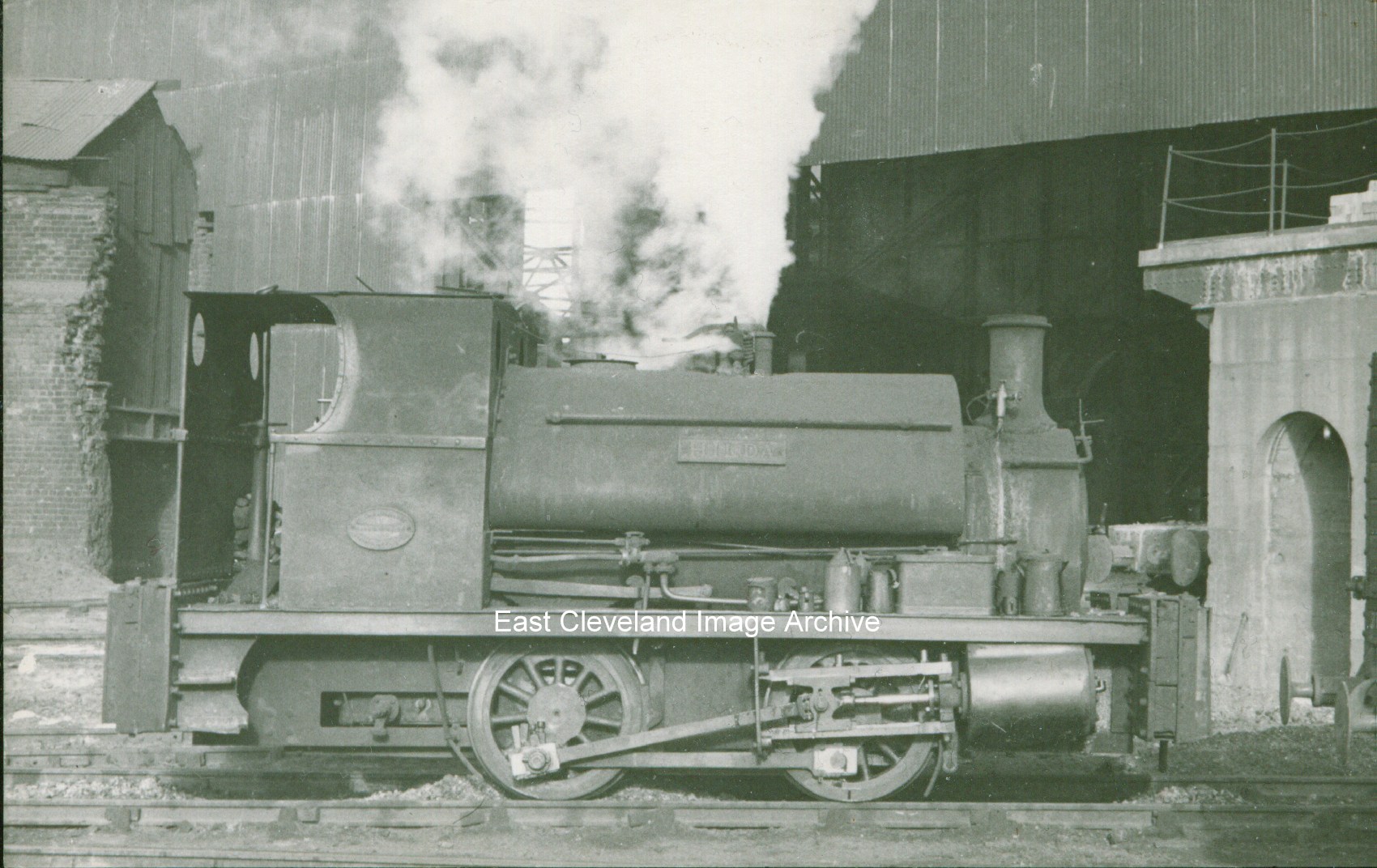
Another of Skinningrove’s delightful little locomotives, ‘Hilda’ dumb-buffered like Minnie; built by Thomas Peckett of Bristol in 1899. Minnie was built by Fox Walker of Bristol in 1878 – same town different works!
Information courtesy of D. W. Husband and Eric Johnson.
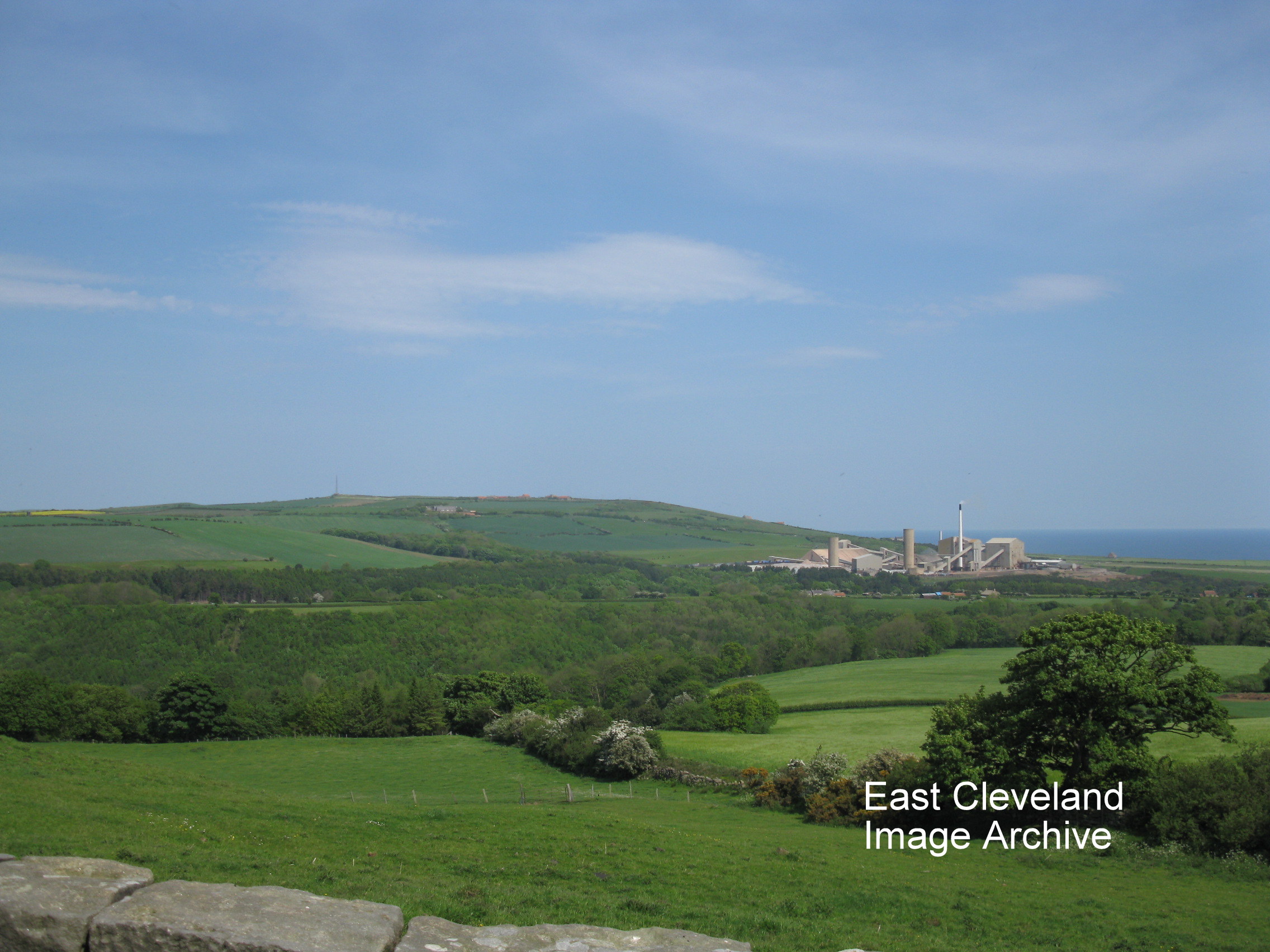
We’ve had a look at the old Boulby Potash – now have a look at the new! A recent image of Boulby Potash, taken from a similar viewpoint – it no longer ”sits in the landscape”!
The original image as posted had been converted to B & W to be in keeping with the other images, however this is certainly more impressive, confirming that the mine has a lessened impact on the landscape; from certain directions.
Image courtesy of Norman Patton.
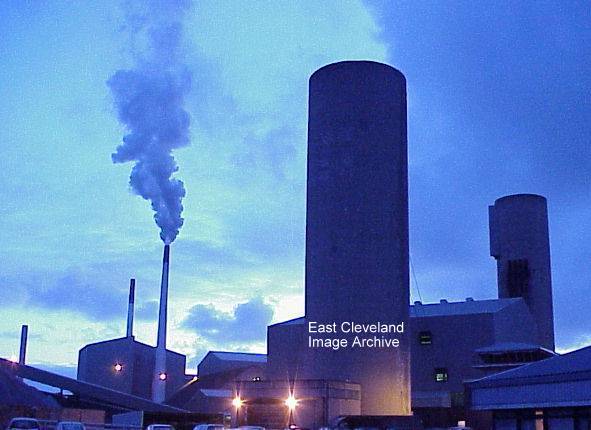
A further image from the start-up of Cleveland Potash and just to show that industrial photos don’t have to be grungy and Gothic!
Image courtesy of Alan Franks.
|
|










Recent Comments